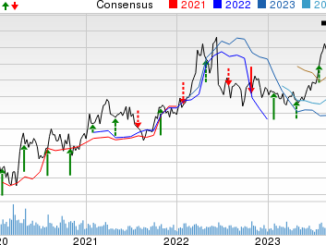
Denver — Despite ever-improving returns across nearly all US shale fields, publicly traded companies continue to demonstrate restraint in drilling and completion activity with production forecasts showing dips next month in every major basin but the Haynesville and Permian.
The most recent data by S&P Global Platts Analytics showed growing internal rates of returns, or IRRs, in both oil and gas-focused plays. The dry gas basins improved as the average 12-month forward curve for Henry Hub settled at $2.92/MMBtu, an increase of 18 cents in April. Returns in the Haynesville climbed three percentage points to 17%, allowing drilling activity to grow by five rigs. In the Marcellus, IRRs are 15% in the wet window and 11% in the dry window with three additional rigs.
Platts Analytics IRRs are based on a half-cycle, after federal corporate tax analysis, which excludes sunk costs such as acreage acquisition, seismic and appraisal drilling.
Five oil-rich plays, including the Permian Delaware, Bakken, Eagle Ford, Permian Midland and Powder River were showing IRRs above 25%, a threshold that should incentivize new drilling and completion activity for private exploration and production companies. However, most public E&Ps are showing restraint and sticking to their capital discipline strategy.
The pandemic hit the oil market hard in 2020 resulting in a global capital expenditure reduction of 24%, including a fall of 38% in North America and 18% internationally. Oil prices have increased significantly since Brent dropped below $18/b in April 2020, to the current level of $68/b.
Platts Analytics forecast Brent to average $66/b in 2021, a 58% increase over the 2020 average of $42/b. However, global upstream investment is only increasing by 6% on the back of international spending, which is up 8%, while North America spending is up 3%, according to an analysis of Q1 2021 earnings calls.
An increase in hedging by producers in 2021 might also be playing a role in the decision by most publicly traded companies to hold off on boosting investment activity.
Oil and gas producers saw positive impact through oil and gas hedges during 2020. However, with the 12-month strip increasing throughout 2021, operators are now faced with a challenging decision as to whether they should aggressively hedge and secure oil in the high-$50s/b range and gas near $3/MMBtu, or if they should hold off so as to not limit upside.
US crude focused producers hedged 54% of their 2021 oil production at a weighted average price of $47/b. Gas-focused producers have about 74% of their expected 2021 production hedged at an average price of $2.80/MMBtu. Gas producers increased their 2022 hedging to around 37%, yet minimal oil volume has been hedged for 2022.
Producers’ average realized oil prices improved by over $8/b and gas prices by about 40 cents/Mcf in 2020 due to hedging, according to a review of more than 30 US producers by Platts Analytics. For the duration of 2021, it is unlikely hedges will prove as beneficial as they were in 2020, assuming prices continue to rebound through the rest of the year.
Despite the higher prices year over year for both oil and gas, the latest Drilling Productivity Report by the US Energy Information Administration has production dropping in most basins in June with marginal gains made in the Permian and Haynesville.



